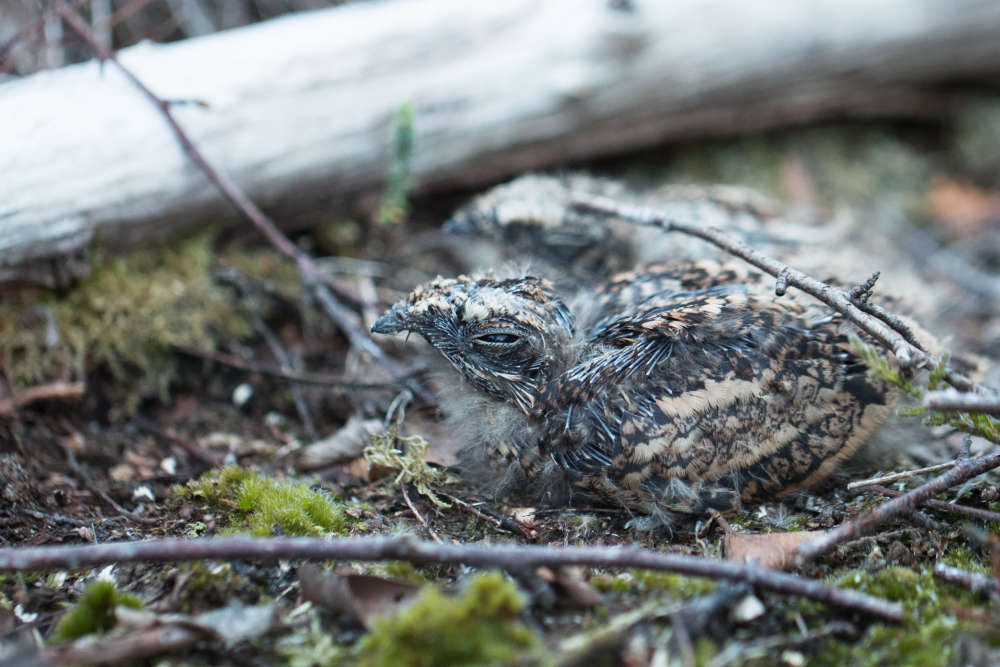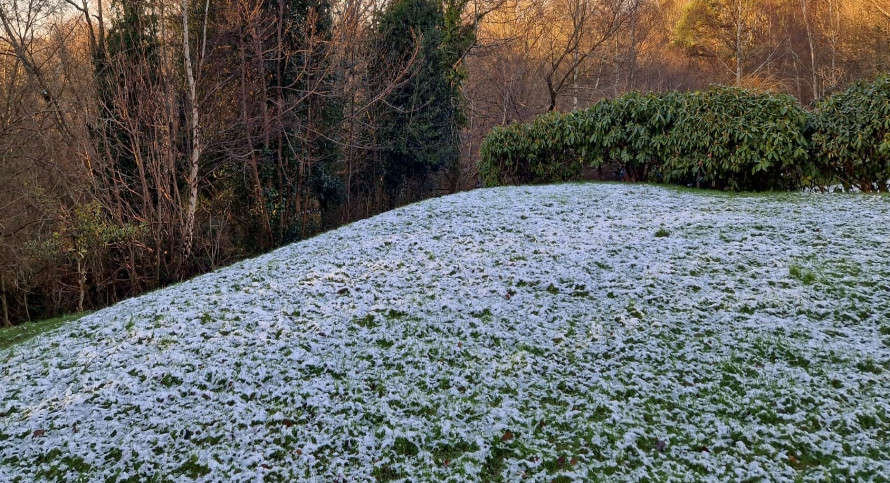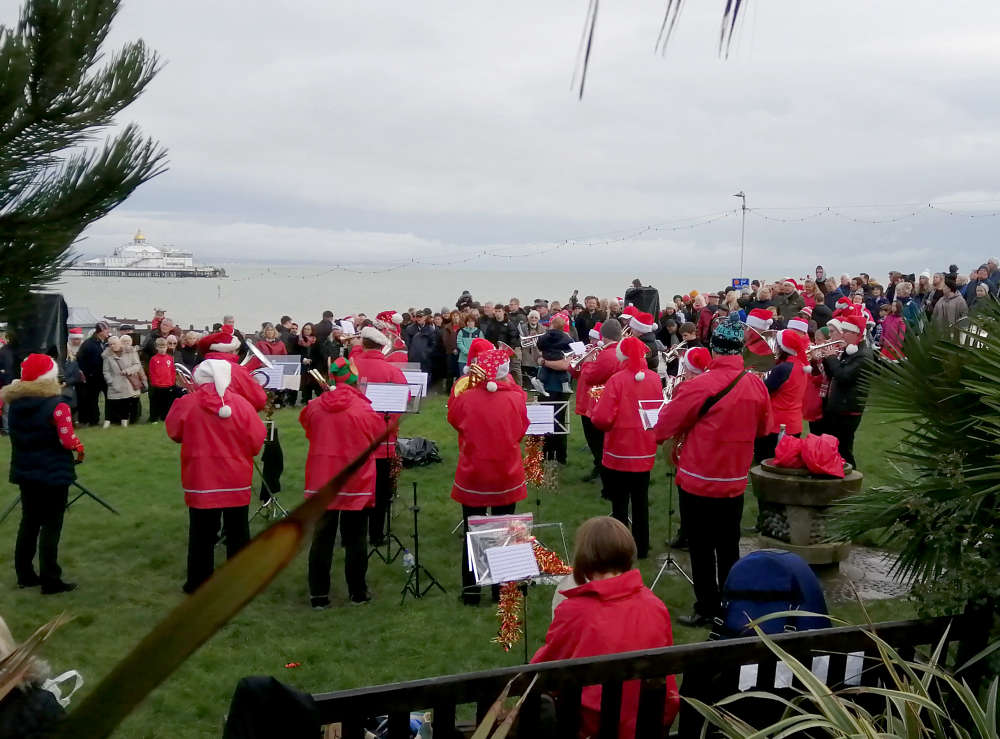
Thanks to the dedication of 60 volunteers and staff members, this year’s Nightjar survey covered more of Ashdown Forest than ever before — and recorded the highest number of territories occupied by these magical sub-Saharan visitors to date!
The nightjars are a bell wether species for the Forest – their success is a sign that the rare lowland heath is well maintained and able to support the plants and animals that thrive in this specific habitat.
Many of these newly recorded territories are in small, isolated patches of heathland surrounded by woodland or scrub. In the past, when the Forest was more open and had fewer trees, these areas would have been connected. With appropriate management, the Forest’s Countryside team plans to reconnect these areas with other heathland sites, enabling even more Nightjar territories to be established.
Ash Walmsley, Head of Countryside, said:
"Many of our volunteer surveyors this year were people who regularly walk on the Forest and know it well, but we also had many people who were new to the Forest. We pair up experienced surveyors with new volunteers, so it doesn’t matter if you’ve never taken part in a survey before. I love hearing people excitedly share tales of their first survey night – it’s impossible not to be awestruck by Nightjars."
Nightjars migrate here from the Democratic Republic of Congo in late spring. The journey of approximately 3,000 miles takes them around 6–8 weeks. Once they arrive, it’s a race against time to find somewhere suitable to nest and to find a mate. They then spend a few short weeks protecting, feeding, and raising their chicks. At the end of the summer, once the chicks have fledged, the adults must undergo a complete moult – shedding and replacing every feather – before making the long journey back to their wintering grounds.
Nightjars lay their eggs directly onto bare patches of ground amongst the heather and gorse. They spend their days on the ground, relying on their remarkable camouflage to keep them safe from predators. At night, they emerge to hunt flying insects such as moths and maybugs. If the conditions are right, this is when you are likely to hear the eerie “churr” of a male nightjar – his territorial call – and may even witness the birds’ mesmerising flight displays.
Kari Dunbar, Lead Warden, said:
" The best time to listen for Nightjars – or see them, if you are lucky – is at sunset. They can be found all over the Forest, anywhere there is heathland. Wait for a warm, still evening, pick your spot along one of the wide paths, get there early to settle in (a camping chair is a good idea), and sit quietly. Just make sure to speak only in whispers if you see or hear them, so you don’t frighten them away."
Kari is keen for everyone to have the chance to experience the magical sound of a nightjar’s churr.
"It’s up to all of us to do our bit to protect Ashdown Forest and its wildlife, so that it is here in the future for our children and grandchildren to enjoy. If you are planning a visit, please keep to the paths during the nesting season (March to September), keep your canine family members alongside you, and remember to bag and bin their poo."
 Cold weather health alert updated for the South East
Cold weather health alert updated for the South East
 HMV store in Eastbourne closes tomorrow
HMV store in Eastbourne closes tomorrow
 Huge crowds for Eastbourne's free New Year's Day Concert
Huge crowds for Eastbourne's free New Year's Day Concert
 Ashdown Radio Local Sports Preview
Ashdown Radio Local Sports Preview
 Snow & Ice forecast for East Sussex
Snow & Ice forecast for East Sussex
 Haywards Heath death: Man charged with manslaughter and in court today
Haywards Heath death: Man charged with manslaughter and in court today
 New community cinema set for Heathfield
New community cinema set for Heathfield
 Christmas meals delivered to lonely locals
Christmas meals delivered to lonely locals



